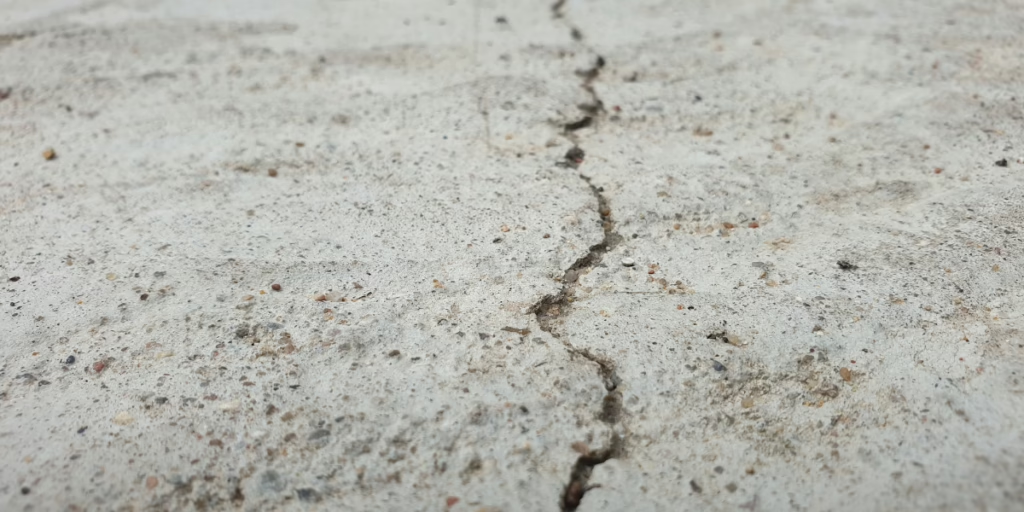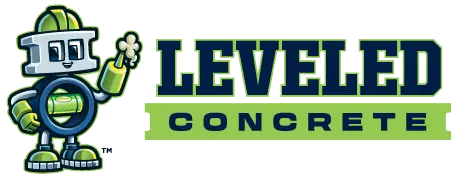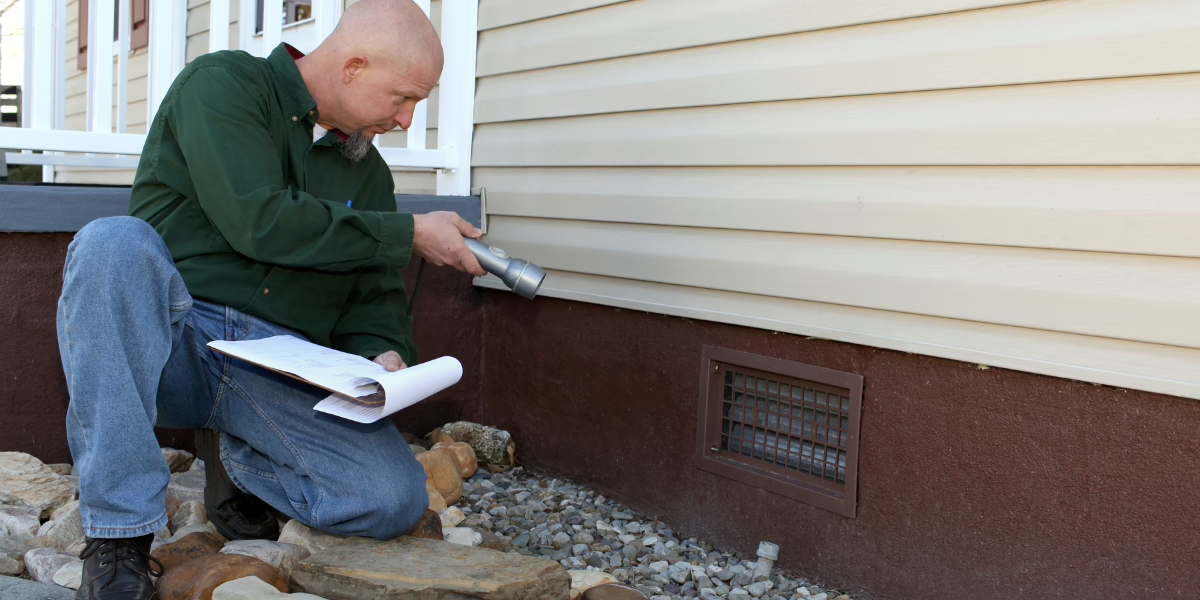Some foundation settlement is expected in every home. It’s part of how houses adjust to their surroundings after construction. But not all movement is harmless – and knowing the difference between normal house settling and something more serious can save you time, money, and stress.
We see this question all the time as foundation repair specialists. So let’s talk about it: what’s typical, what’s not, and how you can tell the difference.
What Does Normal House Settling Look Like?
Not every crack is cause for panic – some are just your home’s way of stretching its legs.
It’s common for houses (especially newer ones) to shift slightly in the first few years. Here are signs that usually don’t mean trouble:
- Hairline cracks in drywall near doors or windows
- Minor creaks in the floor or framing
- Slight sticking of doors that comes and goes with the seasons
- Cracks in exterior mortar that don’t grow or widen over time
These usually result from natural soil compression, humidity changes, or slight drying and shrinking of building materials. They’re worth watching but rarely need repair.

Expert Tip: Take photos of small cracks and check back every few months. If they don’t grow, they’re probably part of normal settling.
When House Settling is a Red Flag
Some signs go beyond normal. If you see any of the following, your home could have a deeper foundation issue:
- Diagonal cracks over doors or windows
- Cracks wider than 1/4 inch (especially in concrete or brick)
- Gaps between walls and ceilings or floors
- Floors that slope or bounce
- Doors or windows that are permanently stuck or uneven
These can signal that the foundation is shifting unevenly. That kind of movement often means the soil under your home isn’t supporting it evenly, and the longer it’s left alone, the worse it can get.
When to Worry About Cracks
| Crack Type | Width | Location | Action Needed |
| Drywall Hairline | < 1/16 in | Above windows | Monitor only |
| Brick Step Crack | > 1/8 in | Exterior wall | Inspection recommended |
| Foundation Wall | > 1/4 in | Basement/crawlspace | Immediate attention |
Why Structural Problems Happen
Most foundation trouble comes from issues with soil and water. Here’s what we see most often:
- Expansive clay soils – they swell when wet and shrink when dry, creating uneven pressure
- Poor drainage – water pooling near the foundation weakens support
- Plumbing leaks – even small ones can soften soil and create voids
- Improper grading – water running toward the house instead of away
- Tree roots – large trees draw moisture unevenly from the soil
How to Tell the Difference
If you’re not sure what’s happening, ask yourself:
- Is it getting worse? Normal settling slows over time. Structural movement usually speeds up.
- Is it everywhere or isolated? Random small cracks = likely settling. Repeated patterns in the same area = likely structural.
- Does it affect how things work? If doors, floors, or windows don’t function right, get it checked.
Expert Tip: Use a level to check if your floor slopes more than 1 inch every 6-10 feet. That’s a strong sign of foundation shifting.
What We Look for During an Inspection
At Leveled Concrete our foundation repair specialists take a full view of your home, not just the cracks.
Here’s what we check during a professional inspection:
- Soil gaps and movement around the perimeter
- Foundation cracks (inside and out)
- Moisture content near the slab
- Drainage and slope of the yard
- Slab elevation readings to track uneven movement
From there, we build a plan based on facts. If lifting is needed, we use polyurethane foam to raise the slab and stabilize the soil underneath. It’s fast, precise, and less invasive than older methods.
Be Safe and Book an Inspection with Leveled Concrete
Most homes settle. Some a little. Some a lot. The trick is knowing when that foundation movement crosses the line into a repair situation.
If you’ve noticed cracks that are growing, don’t wait to find out what’s going on. It’s much easier to address a small shift than to fix a major failure. When in doubt, call us out. We’ll take a look and give it to you straight.
Schedule a free home assessment today. We’ll help you understand what’s normal and what needs attention…without pressure, and with expert advice you can trust!

